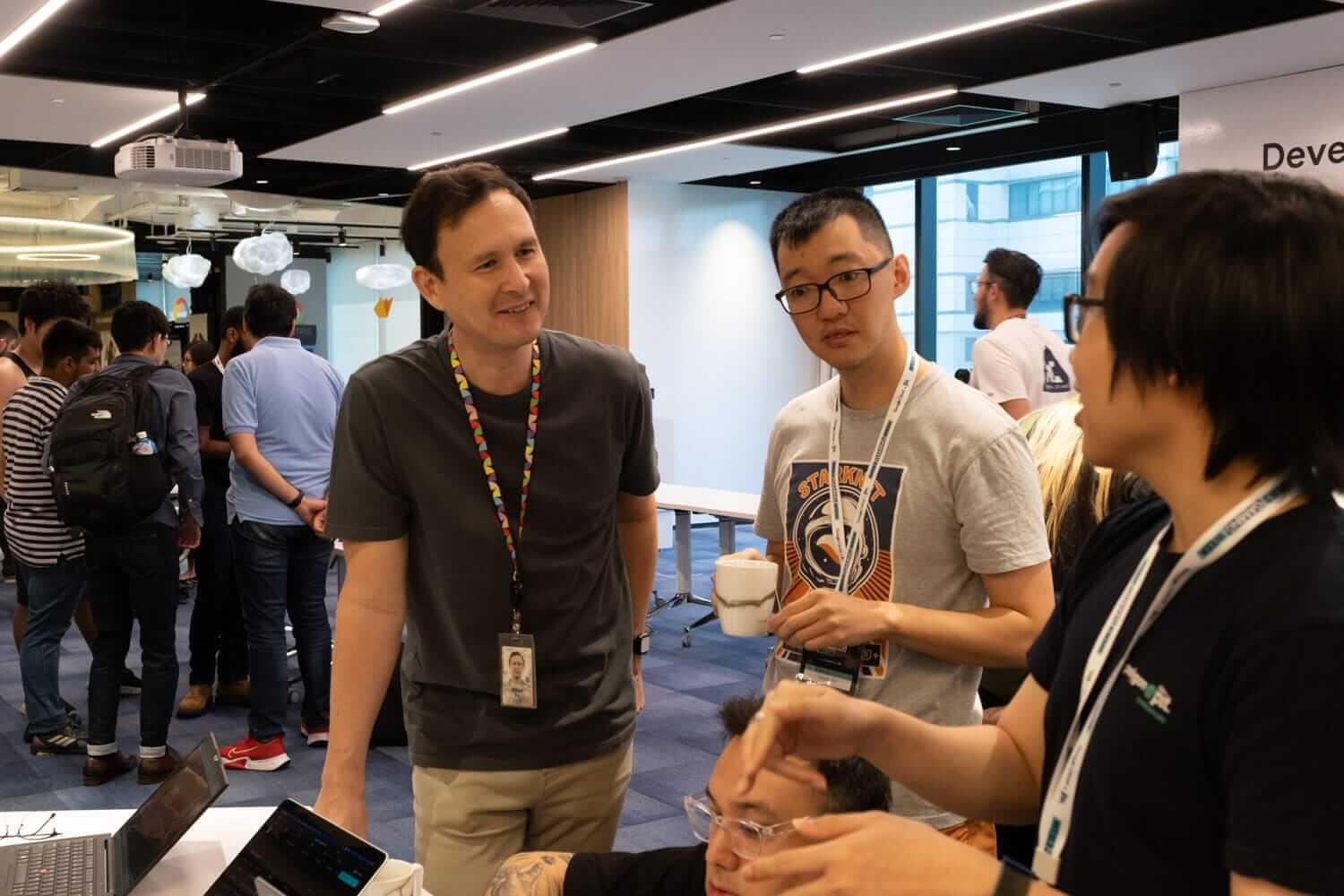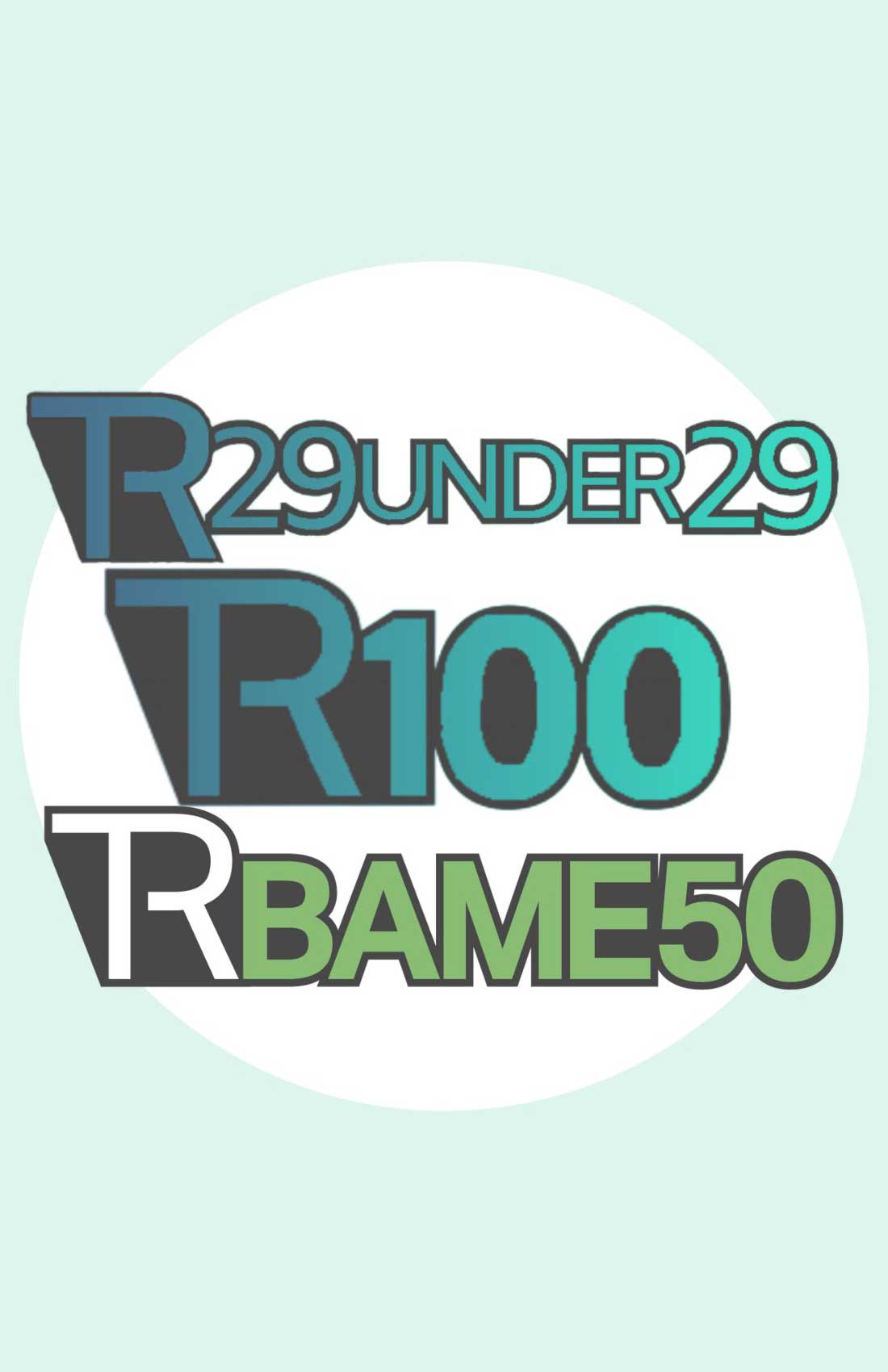Google Cloud recently hosted the highly anticipated Web3 Gaming Week at the company’s Singapore headquarters, bringing together 270 founders, CXOs, VCs, and industry leaders at the intersection of gaming and Web3 to explore the future of blockchain games.
This groundbreaking event, held from 12th to 17th June in partnership with The Pit, Jump Crypto’s community sandbox, provided builders, innovators, and visionaries with an immersive platform for sharing best practices, showcasing cutting-edge technologies, and fostering strategic partnerships, fuelling the momentum of Web3 gaming innovation.
Boasting an impressive lineup of industry giants, including Polygon, Binance, OKX, Animoca Brands, Aptos, Immutable, Sky Mavis, Ronin, Solana, Avalanche, Sui, XPLA, Com2uS, AltLayer, Epik Games, Upland, MongoDB, Myria, Oasys, Star Atlas, Zilliqa, Supergaming, Unreal, Razer, Klaytn, and many more – the event consisted of a jam-packed 6-day hackathon, including a 4-day agenda with over 45 speakers and a 3-day game expo.
The attendees primarily hailed from APAC countries such as Vietnam, Korea, Indonesia, India, Singapore, Hong Kong, and Australia, with a significant international contingent from the US and Europe.
A Clash of Ingenuity: 180 Hackers, 6 Days, 30 Projects
At the heart of the Web3 Gaming Week was a thrilling high-stakes competition that epitomized the spirit of fearless innovation. Drawing from a pool of 320 applicants, 180 exceptional hackers earned their place in this intense battle of ingenuity.
Generously supported by Jump Crypto, one of the largest VCs in Web3 with assets at over US$1B, the hackathon presented a treasure chest overflowing with US$50K in prizes, adding a tantalizing edge to the competition.
Participants were meticulously selected based on the quality of their GitHub repositories, their project portfolios, and the potential of any existing emerging company they might have founded.
To ensure a level playing field and encourage fresh ideas, teams were required to initiate their projects during the game jam, with no pre-existing work permitted.
30 projects pitched on day six, using expo-style presentation, which allowed the jury and the audience to test and see what had been built.
The esteemed panel of judges hailing from Google Cloud, Jump Crypto, and Dragonfly Capital assessed the projects by considering the technical prowess displayed, the uniqueness of ideas, the extent of Web3 integration, and the clarity and impact of the pitch.
Zabava Labs, a blockchain-agnostic studio building casual mobile games and community-building tools won the competition. The second place prize went to Mushroom Party, a web3 game studio focused on rolling out hyper-fun arcade-style titles and building gaming infrastructure on Solana. Third place was a tie between MagicBlock and LYNC, both providing infrastructure and SDKs for game developers and studios to easily integrate blockchain functionality through managed services.
More from Tech
- How Solar Powered Batteries Are Shaping The Future Of Green Energy
- 71% Of People Struggle To Stay Focused Due To Digital Overload
- How To Choose Between A Web App and A Native App
- We’ve Heard Of Smart Homes, But What Is A Smart City?
- Experts Share: What Will Medtech Startups Build Around AI Diagnostic Systems?
- UK vs US: Whose Tech Industry Is Performing Better In 2025?
- Experts Share: How Can Diagnostic AI Be Integrated Into Existing Medtech Systems?
- How Are CRMs Shaping The Future Of B2B Sales?
A Glimpse into the Future
The competition witnessed a diverse range of teams, each presenting solutions that offer substantial significance to the broader context of blockchain adoption, showcasing innovation in several key areas.
From going mobile and leveraging account abstraction for a better gaming experience to developing infrastructure for onboarding traditional game publishers and actively pushing the boundaries of interoperability; Web3 games are captivating a wider audience and solving some of the roadblocks that have hindered blockchain developers for years.
The game expo segment of the event, dedicated to showcasing the latest advancements in Web3 gaming, featured a carefully curated selection of over 20 gaming companies. Attendees had access to explore and engage with cutting-edge games and technologies at the DevSpace, which boasted 15 stations with state-of-the-art monitors and machines from Google and Razer.
In the evenings, participants had the opportunity to put their skills to the test and compete in thrilling game tournaments, offering enticing cash prizes. These tournaments not only entertained and engaged the audience but also provided valuable feedback to the exhibiting gaming companies, allowing them to refine and enhance their offerings based on firsthand user experiences, fostering valuable synergies within the industry.



